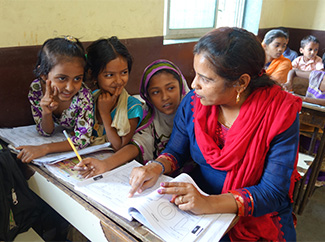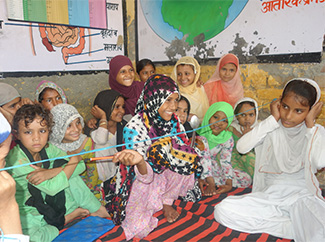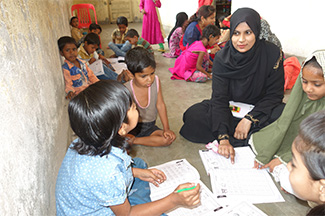consent_cookie
Duración: 1 year
Stores the user's cookie consent state
08-09-2022
Humana People to People is excited to bring to you an interview in which Snorre Westgaard, HPP Chairman, was featured. The interview looks at innovative education ideas which are influencing positive transformation. The feature interview was published on 1st of September 2022 in BOLD Media House.
The essence of the feature piece is to bring attention on the need to providing teachers with simple methods for putting children at the center of their learning environments. We find the piece unique in placing Kadam Step-Up programme at the center of demonstrating the Humana People to People education pedagogy.
Here you have the most important ideas included in the interview:
“The challenge is in changing the teachers’ mindset so that it is more about learning than teaching, with a focus on interacting with the children and being part of their activities. We give the teachers simple systems, they start innovating and coming up with own methods,” says Humana People to People Chairman.
“When teachers in a school adopt new practices because they have actually experienced change in the classroom through using specific methods and tools, it creates a lasting change in the teachers and the schools. Organizations like ours [Humana People to People India] come up with systems and create practices and by doing so, we generate learning for the common good. Kadam won’t be implemented all over India, but we create experiences that can be shared throughout the country. We can definitely influence how educators understand children and the debate over how children learn,”
“During COVID, Kadam continued education programs with children in their homes or in smaller groups in villages. Now children are coming back after schools were closed for two years. But even before COVID, over half of the children were far behind their age-appropriate level. India designed a three-month back-to-school curriculum for schools that were reopening, but when teachers focus only on getting through the curriculum, the children just sit there with no idea what’s going on,”
“Taking a baseline for each child, then giving them the right workbooks for their level and organizing them in groups of three proved to be a really efficient approach. In classrooms in which all children were of the same age, but learning at grade levels one to three, children were able to work their way toward acquiring competencies they needed. After using the Kadam tools for, say, one and a half hours a day so that children can work and catch up, the teacher also has time to deliver the curriculum. Teachers can see how our methodology works and that it fulfills the curriculum requirement for activity-based learning,”


